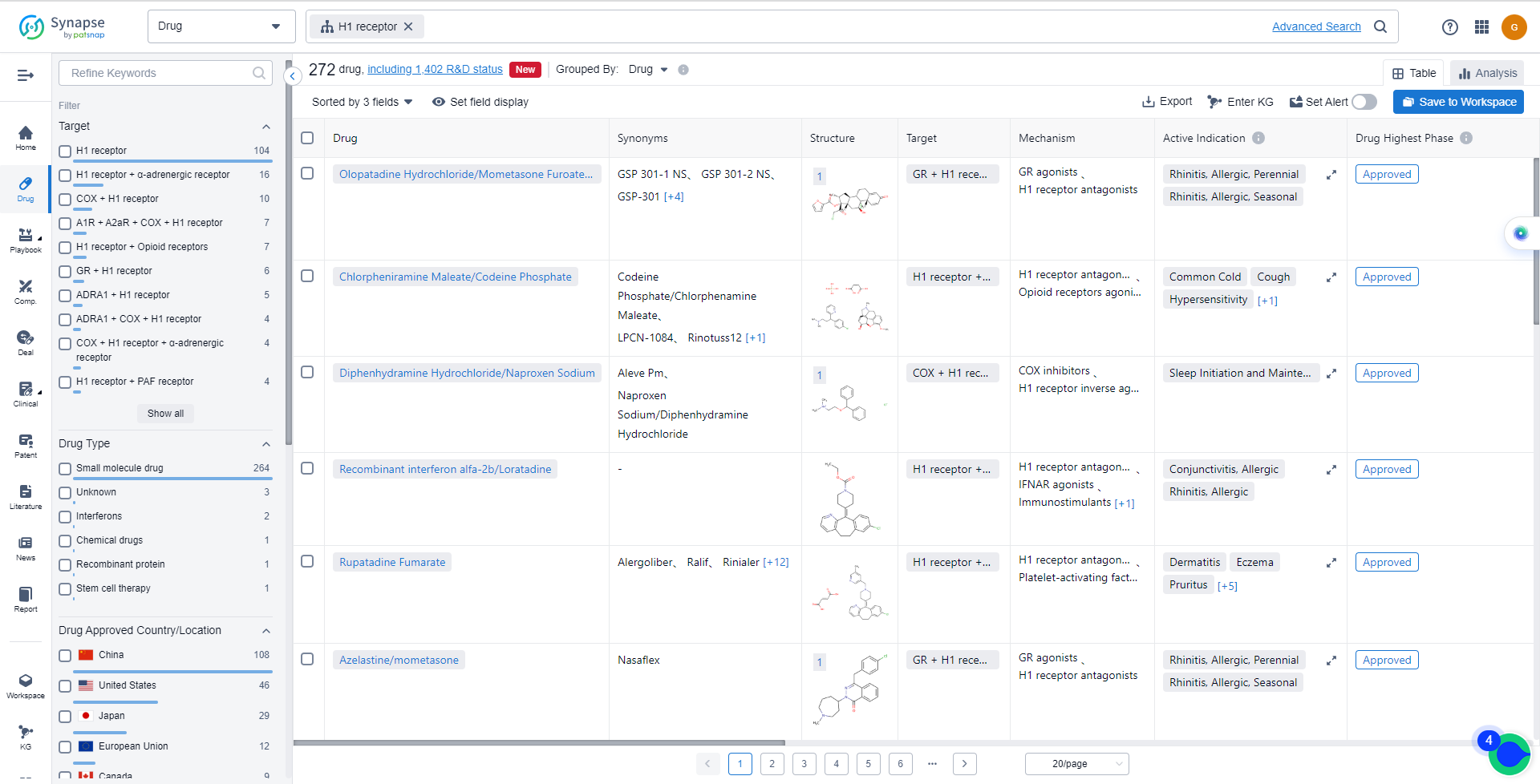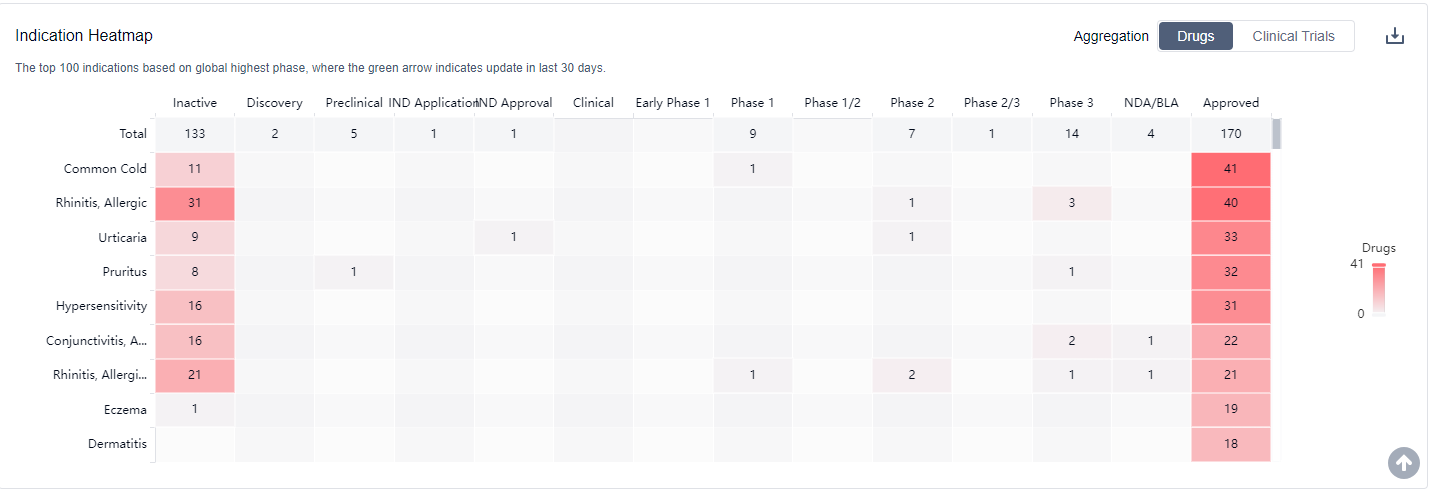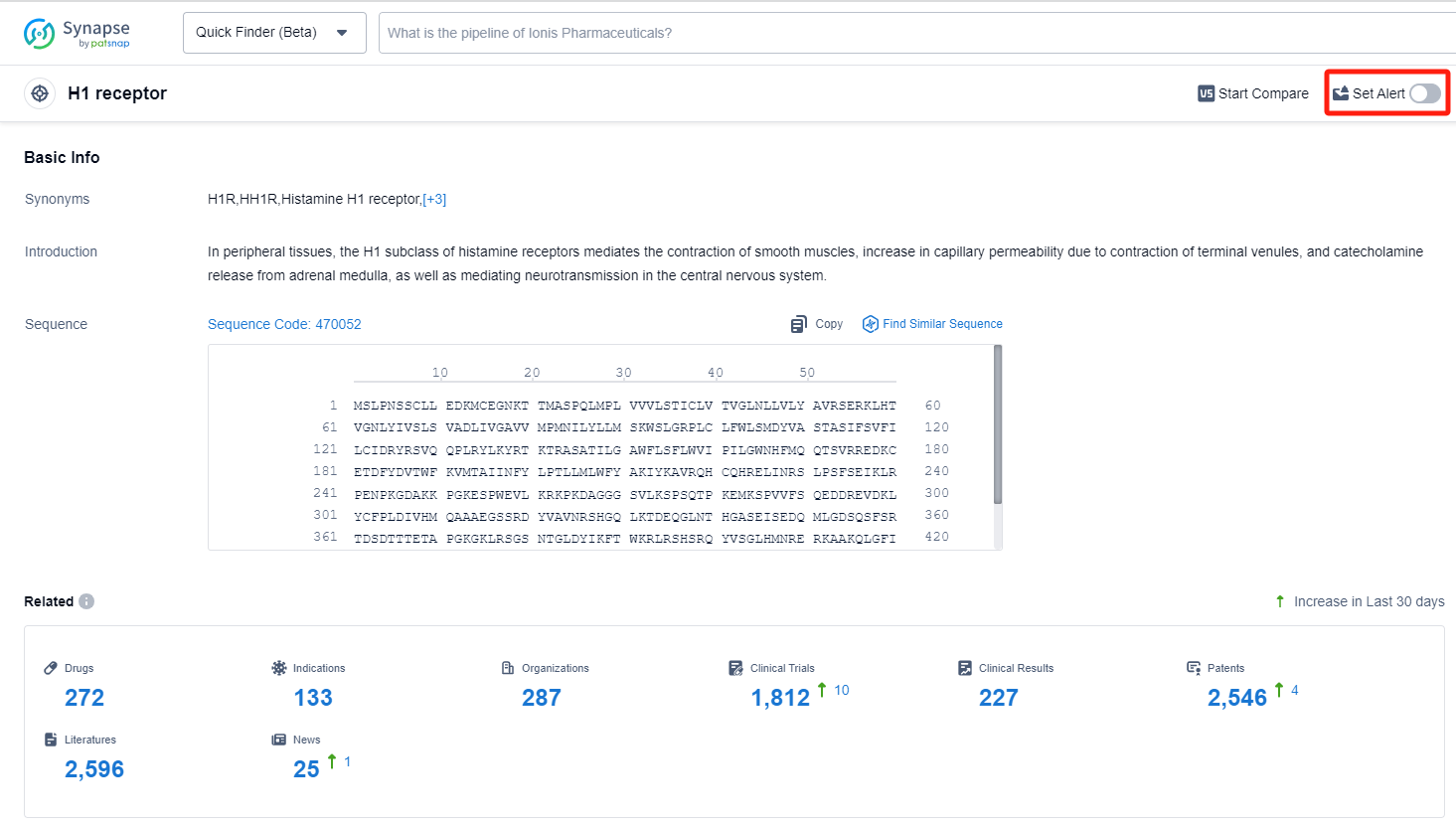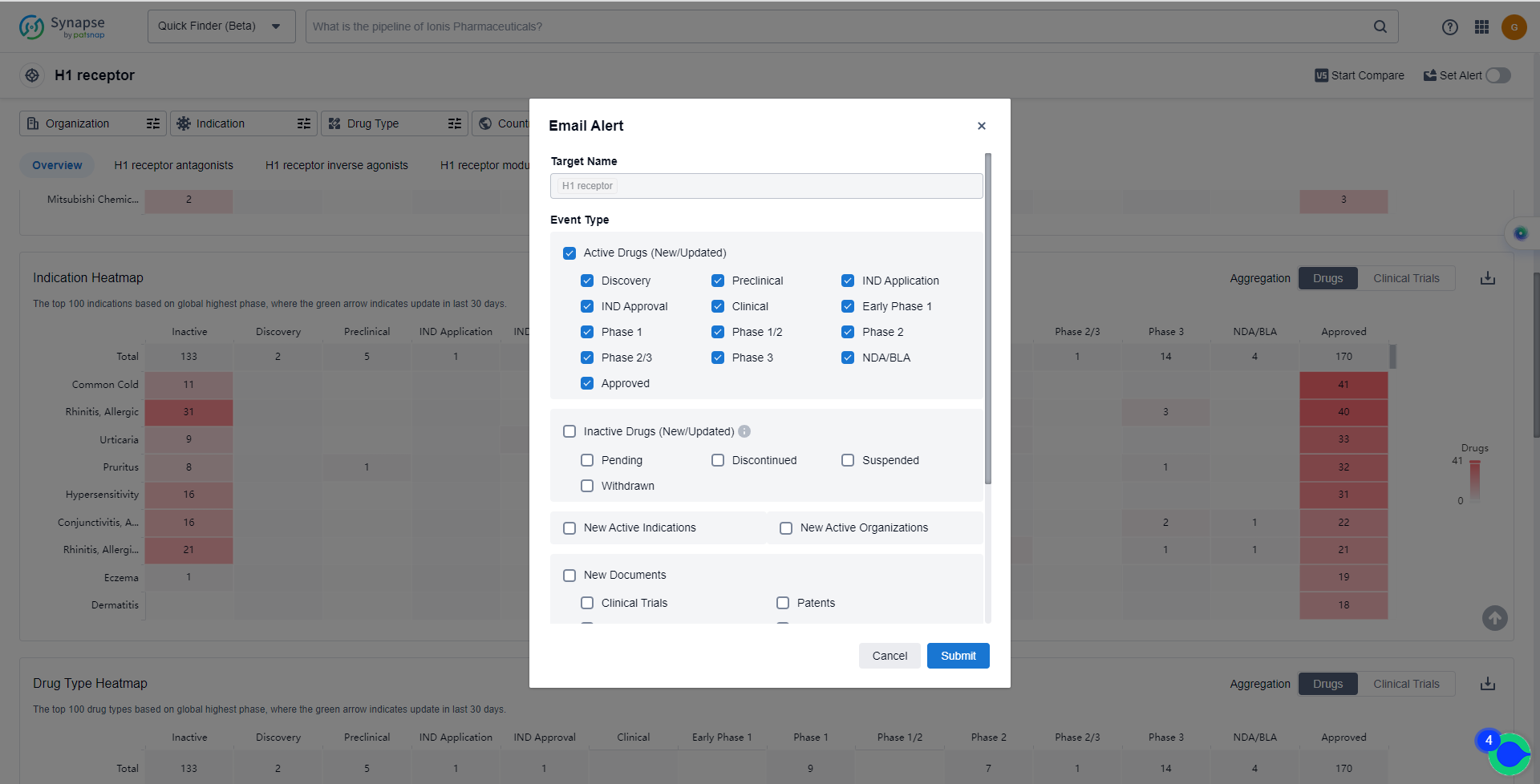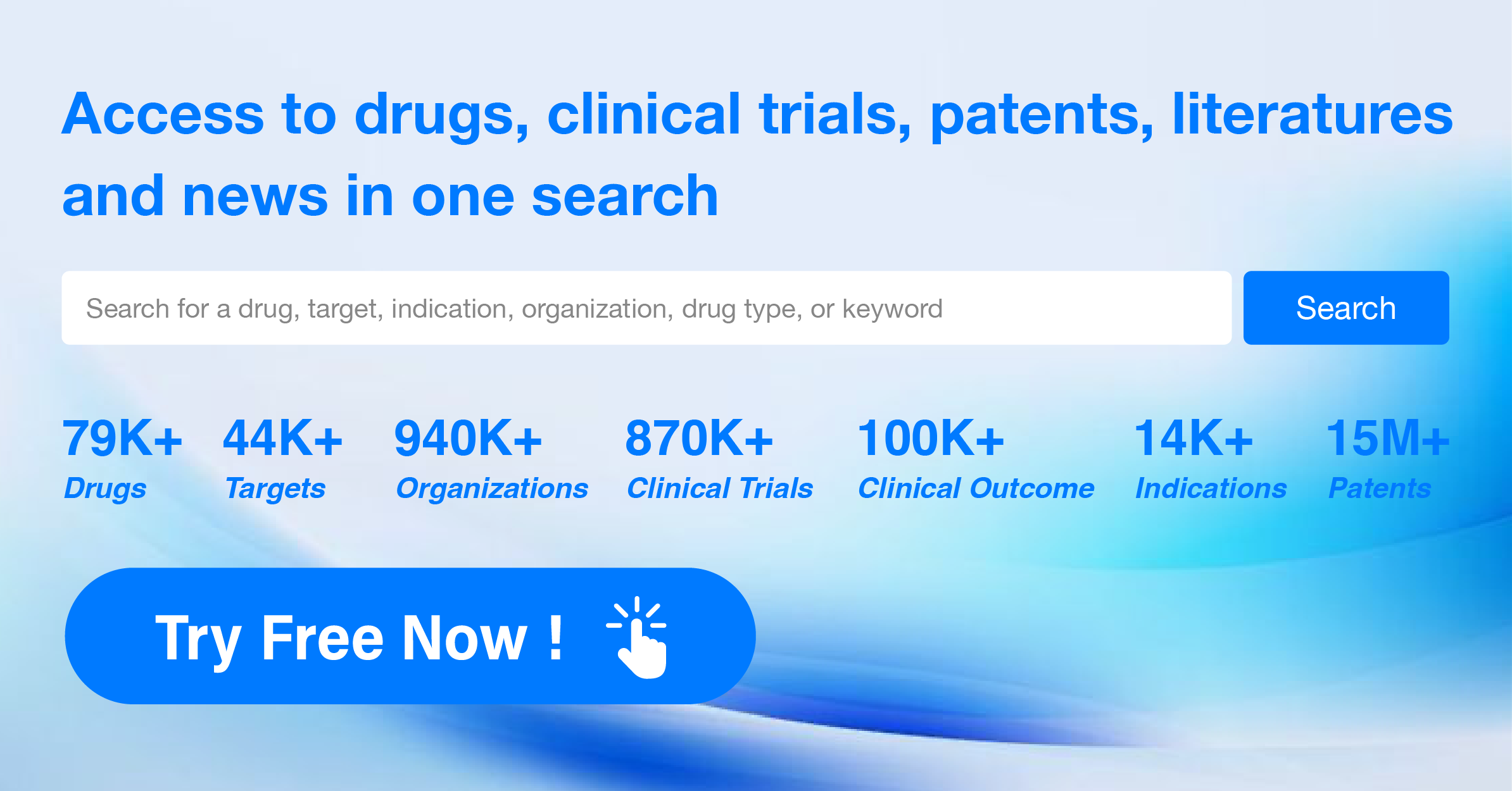Deciphering H1 receptor antagonists and Keeping Up with Their Recent Developments
The H1 receptor, also known as the histamine H1 receptor, plays a crucial role in the human body. It is primarily found in smooth muscle cells, endothelial cells, and nerve cells. Activation of the H1 receptor by histamine leads to various physiological responses, including vasodilation, increased vascular permeability, bronchoconstriction, and stimulation of sensory nerve endings. These responses are involved in allergic reactions, inflammation, and immune responses. Antagonists of the H1 receptor, commonly known as antihistamines, are widely used to treat allergies, hay fever, and other conditions associated with excessive histamine release. Understanding the role of the H1 receptor is essential for developing effective treatments for allergic and inflammatory disorders.
The analysis of the target H1 receptor reveals a competitive landscape with multiple companies actively developing drugs. GSK Plc, Sanofi, Pfizer Inc., Bayer AG, and Novartis AG are among the companies with the highest number of approved drugs or drugs in advanced stages of development. The indications with the most approved drugs include Common Cold, Rhinitis, Allergic, Urticaria, Pruritus, and Hypersensitivity. Small molecule drugs are the most rapidly progressing drug type, indicating intense competition in this area. China, the United States, and Japan are the countries with the highest number of approved drugs, with China showing significant progress in the development of drugs targeting the H1 receptor. Overall, the target H1 receptor presents opportunities for further research and development, particularly in indications with high unmet medical needs.
How do they work?
H1 receptor antagonists, also known as H1 blockers or antihistamines, are a class of drugs that block the action of histamine at the H1 receptor. Histamine is a chemical released by the body during an allergic reaction, causing symptoms such as itching, sneezing, runny nose, and watery eyes. H1 receptor antagonists work by binding to the H1 receptors on cells, preventing histamine from binding and exerting its effects.
From a biomedical perspective, H1 receptor antagonists are commonly used to treat allergic conditions, such as hay fever (allergic rhinitis), hives (urticaria), and allergic conjunctivitis. They help alleviate symptoms by reducing the effects of histamine, thereby relieving itching, sneezing, and other allergic reactions.
There are different generations of H1 receptor antagonists, each with varying degrees of sedative effects. First-generation antihistamines, such as diphenhydramine and chlorpheniramine, can cause drowsiness and are often used for their sedative properties in addition to their antihistamine effects. Second-generation antihistamines, such as cetirizine, loratadine, and fexofenadine, are less likely to cause sedation and are preferred for daytime use.
In summary, H1 receptor antagonists are drugs that block the action of histamine at the H1 receptor, providing relief from allergic symptoms. They are commonly used in the treatment of various allergic conditions and come in different generations with varying sedative effects.
List of H1 receptor Antagonists
The currently marketed H1 receptor antagonists include:
- Olopatadine Hydrochloride/Mometasone Furoate Monohydrate
- Chlorpheniramine Maleate/Codeine Phosphate
- Diphenhydramine Hydrochloride/Naproxen Sodium
- Recombinant interferon alfa-2b/Loratadine
- Rupatadine Fumarate
- Azelastine/mometasone
- Ebastine/Pseudoephedrine Hydrochloride
- Azelastine Hydrochloride/Fluticasone Propionate
- Chlorpheniramine Maleate/Hydrocodone Bitartrate/Pseudoephedrine Hydrochloride
- Alcaftadine
For more information, please click on the image below.
What are H1 receptor antagonists used for?
H1 receptor antagonists are widely used to treat allergies, hay fever, and other conditions associated with excessive histamine release. For more information, please click on the image below to log in and search.
How to obtain the latest development progress of H1 receptor antagonists?
In the Synapse database, you can keep abreast of the latest research and development advances of H1 receptor antagonists anywhere and anytime, daily or weekly, through the "Set Alert" function. Click on the image below to embark on a brand new journey of drug discovery!
